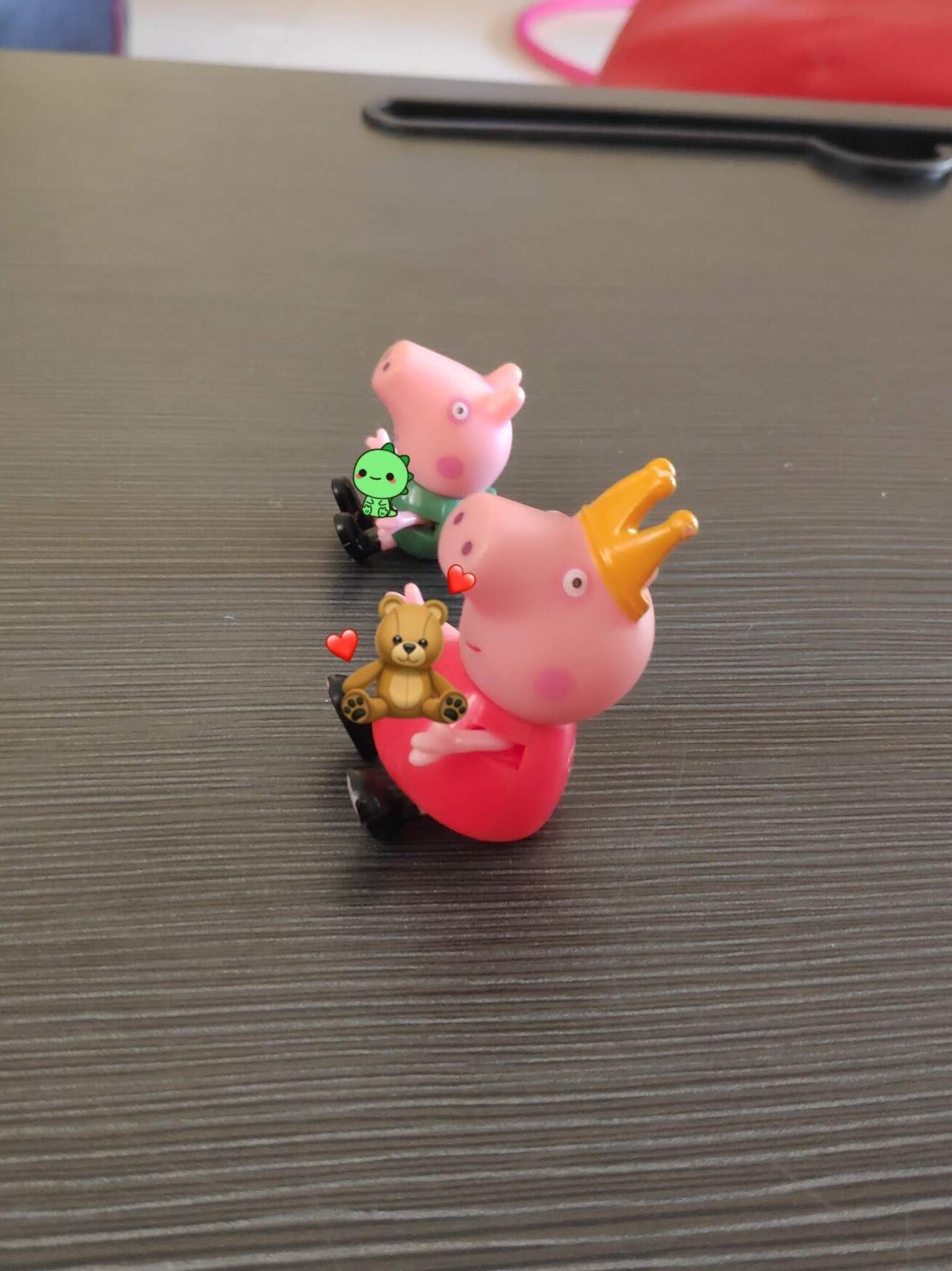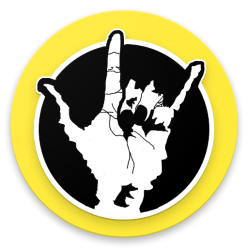Maven Profiles
The concept of profiles let’s a developer define what he wants to build and what to do in specific cases. In this blog I will talk about the problem that I solved using profiles.

Multiple Modules
In my source code there were around 8 sub-projects that were part of the same code base
Module Parent
\-Module Schemas
Module Binary/War
Module DockerImage
Module Simulators Binaries
Module MainAppChart
Module Simulator Docker Images
Module Simulator Charts
\- Module Simulator1The building was a nightmare as you would have imagined considering people coming and going out in an organisation (not specific to any particular work-exp) people added and due lack of awareness or guidelines we ended up in this nightmare.
First thing to do was define parent-pom and child-pom relationship for all the modules. Parent pom had it is artifactId and groupId
Parent
<modelVersion>4.0.0</modelVersion>
<groupId>me.samarthya</groupId>
<artifactId>module-parent</artifactId>
<version>20.0.0-SNAPSHOT</version>
<packaging>pom</packaging>Child
<modelVersion>4.0.0</modelVersion>
<artifactId>module-main-war</artifactId>
<name>My web app</name>
<packaging>war</packaging>
<parent>
<groupId>me.samarthya</groupId>
<artifactId>module-parent</artifactId>
<version>20.0.0-SNAPSHOT</version>
</parent>Repeating these for modules helped me define the required relationship which was easy to view using
mvn -q -Dexec.executable='echo' -Dexec.args='${project.groupId} ${project.version} ${project.artifactId} ${project.packaging}' exec:execme.samarthya 20.0.0-SNAPSHOT module-parent pom
me.samarthya 20.0.0-SNAPSHOT module-schemas pom
me.samarthya 20.0.0-SNAPSHOT module-main-war war
me.samarthya 20.0.0-SNAPSHOT module-main-chart helm
me.samarthya 20.0.0-SNAPSHOT module-main-docker pom
me.samarthya 20.0.0-SNAPSHOT module-simulator pom
me.samarthya 20.0.0-SNAPSHOT module-all-simulators war
me.samarthya 20.0.0-SNAPSHOT module-simulator-charts pom
me.samarthya 20.0.0-SNAPSHOT module-simulator1 helmComing to profiles…
Essentially all I learnt is from the official documentation.
Profiles are specified using a subset of the elements available in the POM itself (plus one extra section), and are triggered in any of a variety of ways.
“Profiles modify the POM at build time, and are meant to be used in complementary sets to give equivalent-but-different parameters for a set of target environments (providing, for example, the path of the appserver root in the development, testing, and production environments).”
official documentation
- The kind of profiles
- Global
- Per user
- Per project
- How you trigger a profile through command line
- From the command line (using
-P profileName)
- Through Maven settings (
<settings> <activeProfiles> <activeProfile>profile</activeProfile></activeProfiles></settings>) - Based on environment variables
- OS settings
- From the command line (using
How I used them?
For me the convenience was to allow grouping specific modules under a profile to allow activation from command line or CI/CD which can help generate artifacts just by manipulating one argument
mvn clean install deploy -P profile1This I achieved by defining the profiles in the parent pom
<profiles>
<profile>
<id>dev</id>
<modules>
<module>module-schemas</module>
<module>module-main-war</module>
</modules>
</profile>
<profile>
<id>helm</id>
<modules>
<module>module-main-chart</module>
<module>module-simulator1</module>
</modules>
</profile>
</profiles>